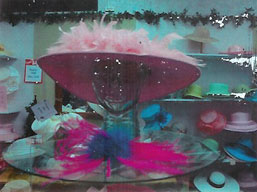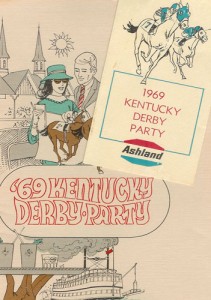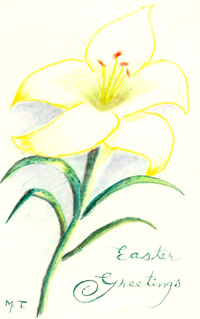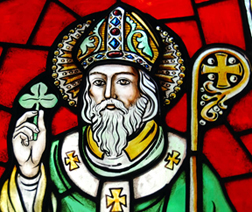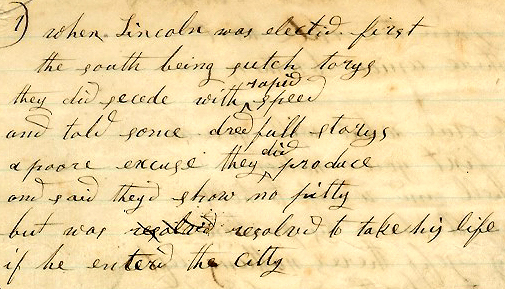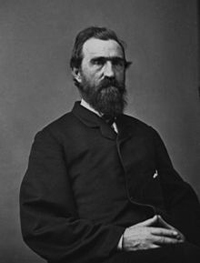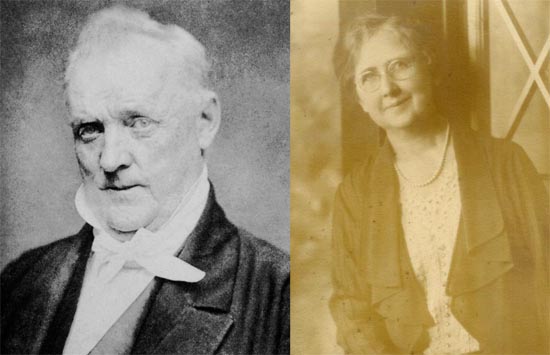In the Winter 2014 issue of Ohio Valley History, WKU assistant history professor Jennifer A. Walton-Hanley’s article uses the letters of Joseph and Elizabeth (Cox) Underwood, housed in the Manuscripts & Folklife Archives collections of WKU’s Department of Library Special Collections, to study “an antebellum southern companionate marriage.”
Married in 1839 when he was 48 and she only 21, Joseph and Elizabeth Underwood experienced long periods of separation from 1847 to 1853 when Joseph, serving as a U.S. Senator in Washington, left Elizabeth to raise their children (and stepchildren from his first marriage) and manage their Bowling Green, Kentucky farm. During that time, the couple exchanged hundreds of letters that offer, as Walton-Hanley writes, “a case study of one Kentucky man’s struggles to preserve his domestic connections and maintain his family position.”
Using the letters as evidence, Walton-Hanley shows how Joseph relied heavily on Elizabeth to run their household but remained actively involved in all its affairs. He consulted and advised on finances, closely monitored his children’s health, education and behavior, and eagerly sought reports on even the most ordinary details of life at home. But Joseph’s practice of 19th-century “masculine domesticity” did not stem simply from a sense of male privilege; rather, it reflected his unabashed yearning for home and family. Worrying about his children and candidly expressing his love for his intelligent and capable wife, Joseph bridged their separation and maintained an emotional presence in Elizabeth’s life even as she exercised considerable autonomy within their partnership.
Click here to access a finding aid for the Underwood Collection containing the letters of Joseph and Elizabeth Underwood. For more collections on Bowling Green families, search TopSCHOLAR and KenCat.


